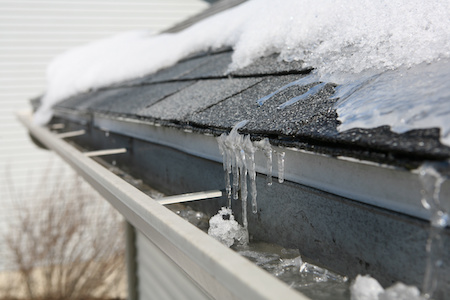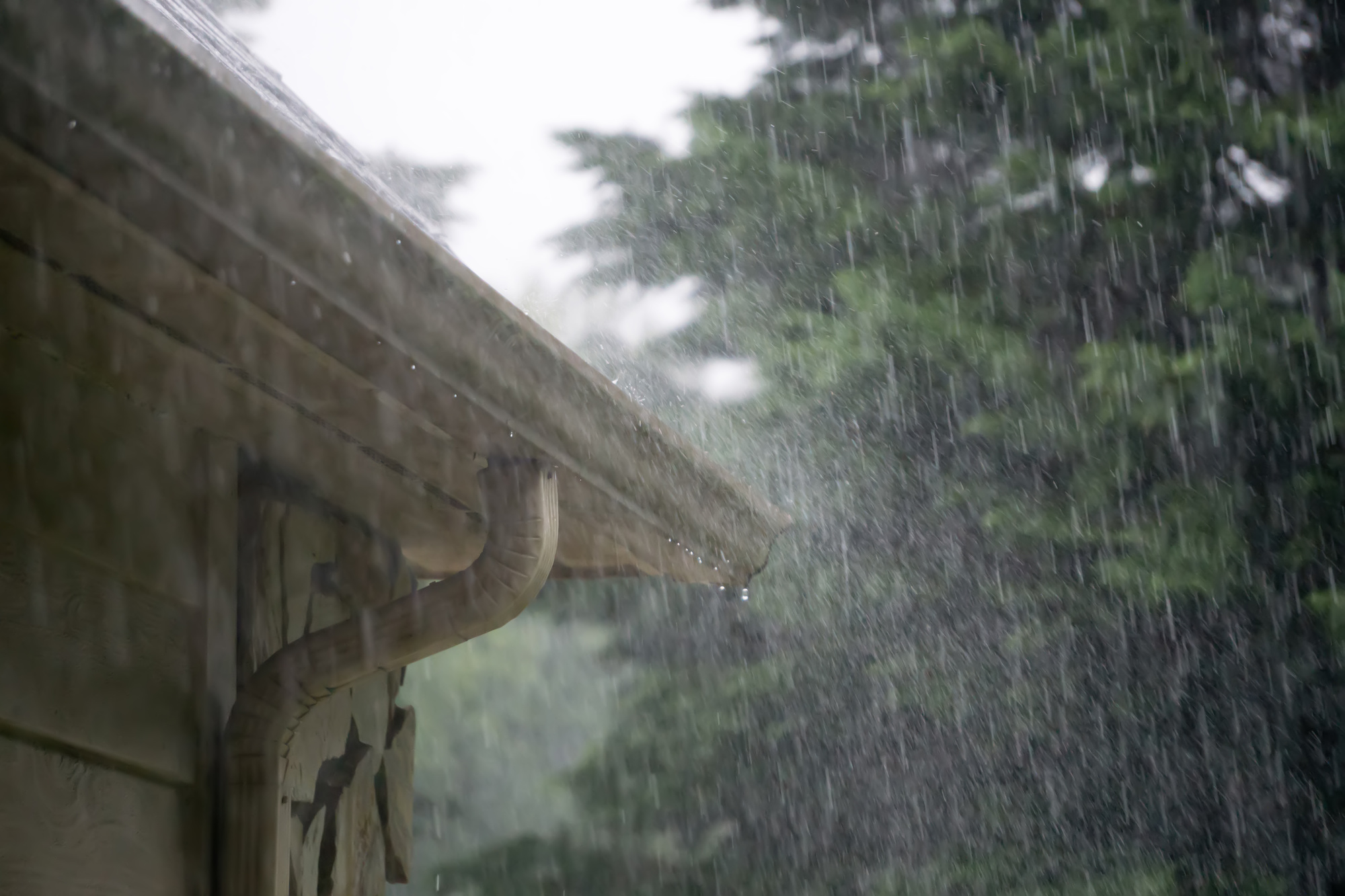As a homeowner, you know the importance of keeping up with regular maintenance for your home. But when bad weather strikes, this can present an entirely different set of challenges for homeowners everywhere. From high winds to snowfall and hail, it is important to be aware of how severe weather conditions can take a toll on the health of your roof. By understanding what kind of damage these elements may cause, you’ll be better prepared to act quickly as soon as you begin to notice signs that something is wrong– thus preserving the structural integrity of your roof during inclement weather!
Keep reading as we explore all the ways in which extreme weather conditions can affect your roofing system, as well as when you should consider contacting a local roofing company.
Types Of Storm Roof Damage
There are a few storm types that could result in roof damage. Let’s take a look at five of the most common.
1. Wind Damage
Wind storms are a major cause of roof damage. Extreme winds can blow debris at high speeds, causing punctures in shingles and other components. It can also cause shingles to lift or completely come off. Loose or missing shingles can leave the underlying layers of the roof vulnerable to water infiltration, leading to structural damage and costly repairs. High winds during a storm may also pull off flashing, an exposed metal strip that protects the point where two surfaces meet, such as around pipes, chimneys and vents. Without this protective cover, water can seep through open cracks and cause serious harm to both the interior and exterior of a building.
Keeping an eye on your roof’s condition and scheduling regular inspections is a crucial step to ensure that any potential weak points are identified and promptly addressed. Being proactive about maintaining a structurally sound roof is well worth it in the long run.
2. Hail Damage
Hail storms can cause serious damage to a roof in just a few minutes. Hailstones can range in size from pea-sized pellets all the way up to golf ball-sized chunks. The smaller hailstones can often leave no visible evidence on asphalt shingles. Still, larger stones may cause visible circular impressions or other deformations on shingles as well as dinging up metal components like gutters or vents. If left unchecked, the damage from a hail storm can cause major/minor leaks and other structural issues, so it’s best to hire a roofing company to ensure your roof has not sustained any major damage. If your roof was damaged resulting from a hail storm, we highly advise you to make any necessary repairs immediately.
3. Snow/Ice Damage
Heavy snow accumulation can put undue stress on the supporting structures of a roof, leading to deterioration over time. Additionally, snow and ice create pathways for water infiltration as it melts and refreezes. Ice dams pose an additional risk, trapping melted snow and slowly eroding the roofing material underneath it. Lastly, freeze-thaw cycles can slowly weaken shingles, leading to blistering and cracking over time. All of these issues should be addressed by a trained roofer in order to ensure that roofs remain undamaged during extreme winter weather.
4. Rain Damage
Rain storms in the Pacific Northwest (PNW) can be especially damaging to roofs, as the region is known for its wet weather. Strong winds and heavy rains can cause water to accumulate on weak points in the roof structure, leading to water infiltration and potential rotting or mold growth over time. Homeowners should take preventive measures to make sure their roofs remain safe from extreme weather conditions.
Regular inspections by a qualified roofer will help them identify any issues with the roof before they become severe and costly problems. Additionally, homeowners should prepare their roofs for incoming storms by ensuring that loose shingles are reattached, and all gutters are clear of anything that can block drainage. Taking these steps now will help protect homes from damage caused by heavy rains in the PNW.
5. Falling Debris
When a wind storm strikes, it can cause debris and trees to fall and create a great deal of damage to homes and their roofs.
The best way homeowners can protect their roof is by making sure they are kept in good condition. Keeping the roof regularly inspected for damage, repairing any roofing materials that need replacement, and clearing the surrounding area of potential hazards such as dead branches or large trees are all effective ways to minimize the potential harm a wind storm can cause. Regularly trimming back hedges, bushes, and trees near the home will also make it less likely for them to become uprooted during a storm.
Homeowners may also want to make sure they have adequate coverage with their insurance provider in case of an emergency repair situation. Taking preventive measures now before inclement weather hits can save a lot of time, money, and hassle down the road.
Precision Roofing & Gutters, Your Local Residential Roofing Company
Living in Hillsboro, you know the area gets up to 36 inches of rain per year. That’s why preventative maintenance and quality service are absolutely essential when it comes to your roof! Precision Roofing & Gutters has been a leader in the industry since 2010, providing precise installation and repair services to Hillsboro homeowners. Our free inspection will identify any potential issues with precision so you can rest assured that your roof is in good hands.
Our gutter and roofing services include:
- Roof Repair Services
- Roof Replacement Services
- Affordable Roofing Installation
- And More!
Don’t let bad weather take its toll on your roof- call Precision Roofing & Gutters today for a free initial estimate, and ask us about our extended warranty. We look forward to hearing from you!

